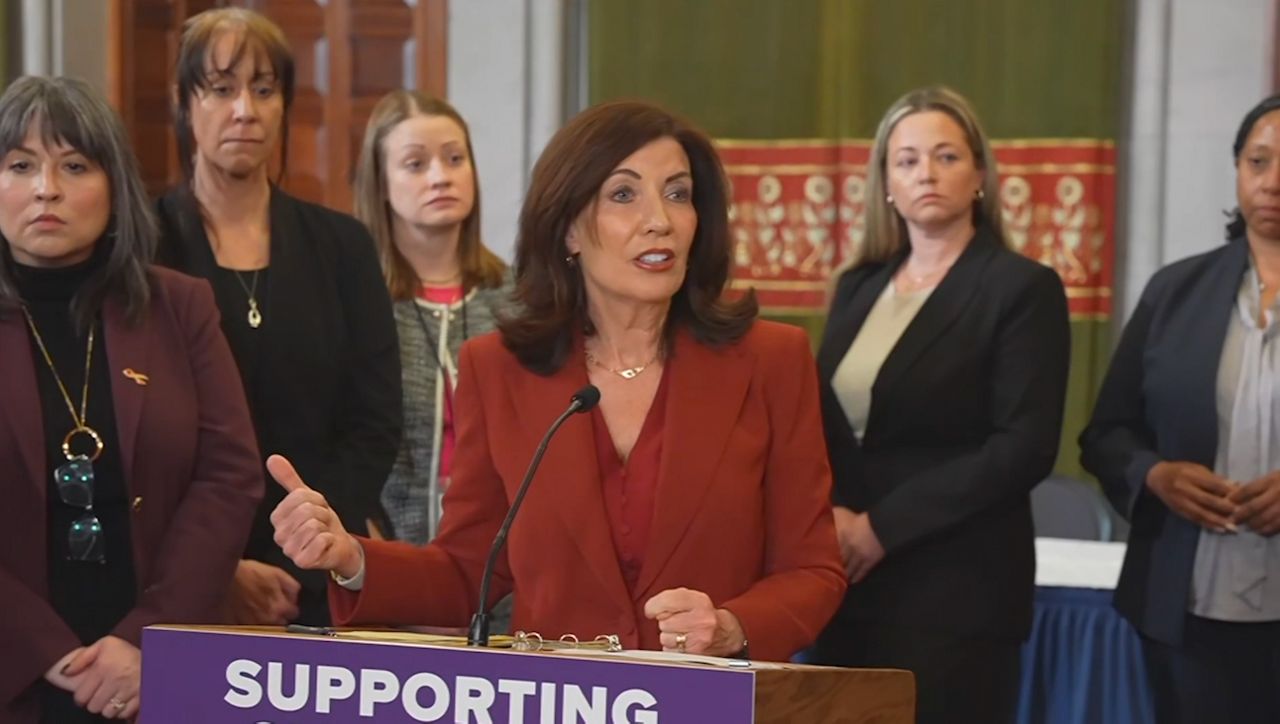The New York state Senate and Assembly on Tuesday released their one-house budget proposals, and as expected, both rejected Gov. Kathy Hochul’s proposal to end "Save Harmless."
"Save Harmless," also known as "Hold Harmless," ensures that districts don’t receive less in Foundation Aid than the previous year and has been a major issue of contention so far this legislative session, also receiving significant pushback from Republican lawmakers.
Both houses also included key funding to take a look at how Foundation Aid is assigned.
The issue has always been about how to best handle an outdated formula, and this move sets up a clash between the governor’s position of forging ahead with addressing problems with Foundation Aid this year, and the Legislature and education advocates who say the state must take a holistic look at the formula before making any changes. Meanwhile, the Citizens Budget Commission Tuesday called the governor’s proposal a “common sense measure” after indicating support last week.
Robert Lowry, deputy director of the New York State Council of School Superintendents, said moderation of recent spikes in education funding under Gov. Hochul was anticipated this budget cycle.
Hochul has stressed that earlier in her tenure, large infusions of funding were intended to make up for what she calls years of disinvestment, and should not have been interpreted as permanent.
Lowry said the abrupt end of "Save Harmless," a curveball for districts already framing their budgets for next year, was not anticipated.
“We’re encouraged that both houses would reject the proposed cuts in Foundation Aid,” Lowry said. “I think there will come a time when we will need to look at steps to assist districts who have lost a large number of students, but just cutting their aid without any forewarning would not serve any useful purpose.”
Also in both one-house budgets is $1 million to conduct a study, recommended by the state Board of Regents, to review the Foundation Aid formula and make changes over time.
Lowry said the council supports such a study.
The formula was created during 2007 and 2008 and uses Census data from 2000.
State Senate Majority Leader Andrea Stewart-Cousins said the inclusion of the study in their budget, keeping funding steady in the meantime, was crucial so that any future changes to aid take all factors into account.
“Things have changed since 2000 and that’s where the data is right now, it’s almost 25 years later,” she said. “Although, yes, school districts have lost enrollment, other things have changed in that time as well.”
With all parties in agreement that the formula is not providing an accurate blueprint for education funding, the governor did not divulge much about how she plans to negotiate with the Legislature in the coming weeks. She did, however, make it clear Tuesday how she feels about such a study.
“That has been one of the proposals,” she told reporters. “I’ve even heard a 3-5 year study, and that is how you would define kicking a can down the road if it were to be something in that vein.”
Stewart-Cousins acknowledged that she doesn’t know exactly how long such a study would take, but emphasized the importance of allowing experts to frame a long term solution.
“I think we would depend on [the state Education Department] to help lead this,” she said. “I think they are ready to do it. We need to fund it so they can get the appropriate resources.”









